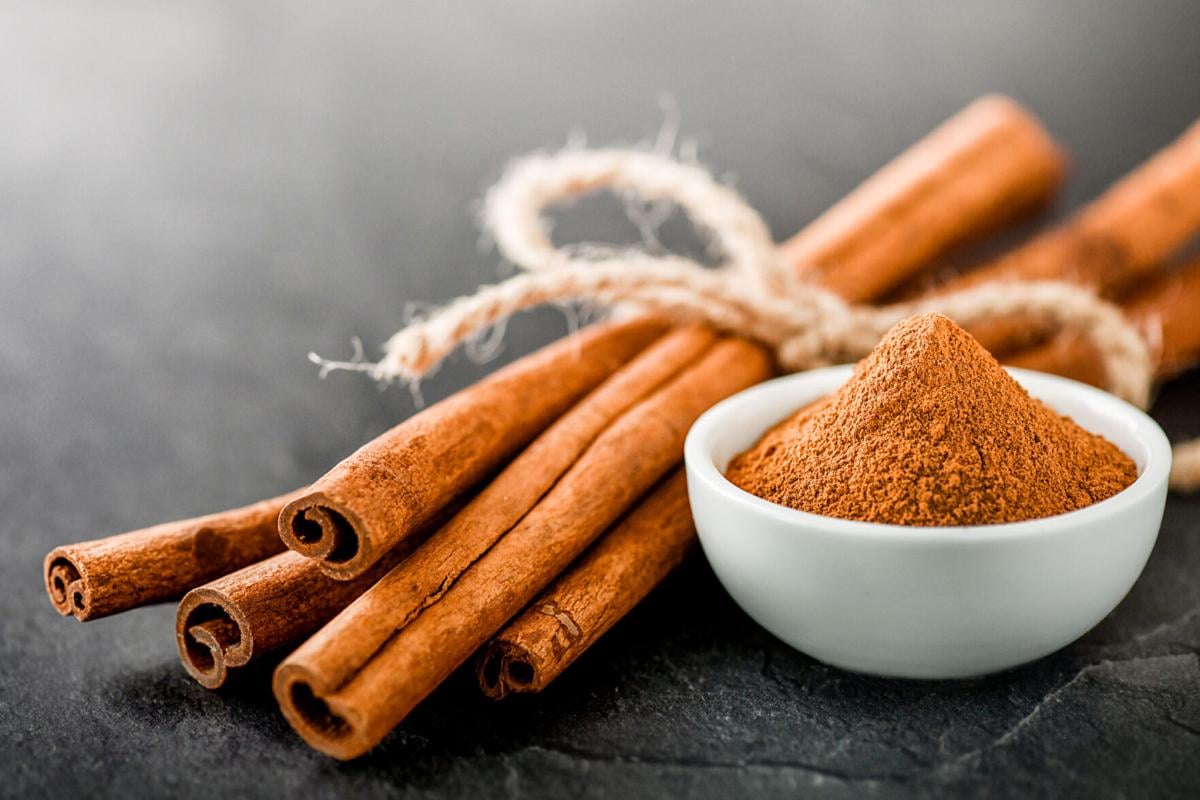I’m not a runner. Because I’m built like a Welsh pit pony, the durable ponies that worked in the Welsh coal mines, swimming is a better fit for my short, stocky body (I float!).
Still, the idea of running fascinates me. Recently, I reread journalist Christopher McDougall’s best-selling “Born to Run,” a profound look at the legendary Rarámuri or Tarahumara — Indigenous people of Mexico. The Tarahumara run hundreds of miles without the special shoes and other gizmos that we contemporary Americans seem to think are necessary.
McDougall’s book is a deep dive into the psychology and science behind such distance running. It talks about a lot of things, but I was most interested in his take on pinole, which is one of the Tarahumara’s staple foods.
Pinole is a mix of roasted and ground parched corn, cinnamon, sugar or honey, and, in some versions, chia seeds. It’s sometimes taken as a sort of gritty drink, sometimes as a porridge, and sometimes made into a sort of dough to make baked discs or balls for easy carrying and snacking on the run — literally.
You sometimes see it in Mexican markets, and it’s certainly available on Amazon. But it’s also incredibly easy to make.
I tried my hand at making pinole last week, and this is the way I made it.
I started with masa harina, because it’s made from corn that has been nixtalmalized — the treatment with lime water that helps removes the parched corn kernels’ tough outer skin. But you can also use finely ground cornmeal, like my favorite stuff from Ramona Farms in Sacaton. If you use cornmeal, run it through a sturdy blender first so that it’s almost the texture of flour. Doing so means your pinole won’t be super gritty.
Because I had it on hand, I used piloncillo, the Mexican raw sugar usually sold in a cone. I put mine in the food processor, but you could also use a Microplane or grater to grate it from the cone. The three ounces I used equals about seven tablespoons. You could also use brown sugar, white sugar, agave syrup or honey – but if you use either of the last two sweeteners, add them when you prepare the pinole, not to the skillet.
Mexican canela is “true cinnamon,” not the cassia that most vendors sell as cinnamon. Cassia’s flavor is a little harsher and more bitter than canela. If you’ve ever gotten a bit of a “bite” from the cinnamon in a dish, that’s a tip-off that the cinnamon used was cassia. I keep both kinds on hand, but find myself reaching for canela more often than not.
The chia seeds are perhaps not traditional. I’ve marked them as optional, but I highly recommend them as an addition. Chia seeds are powerfully nutritious, with a lot of protein and fiber. They’re also good sources of phosphorus, calcium, potassium, and vitamins A, C and E. The United States Department of Agriculture says they’re an excellent source of omega-3 fatty acids as well as a variety of antioxidants, which promote good health. A tablespoon a day is a good place to start.
Chia seeds’ other virtue is that, when exposed to liquid, they create a gel. That means they’ll create a nice consistency when used in either a drink or a porridge.
I may never run like the Tarahumara, but with a tiny amount of effort, I can eat like them.
Pinole
Makes 4 to 6 servings of porridge or many servings of drinkable pinole
Ingredients
2 cups masa harina or finely ground cornmeal
3 ounces piloncillo, crushed into a fine powder
1 teaspoon powdered cinnamon (use Mexican canela, if you have it on hand)
4 tablespoons chia seeds, optional
Preparation
Heat a dry cast-iron or stainless steel pan over medium heat.
Gradually add the masa harina and stir nearly constantly so it toasts evenly and doesn’t stick. This will take about 10 minutes. Do this until the masa harina changes color from pale to lightly golden.
Add the ground cinnamon and crushed piloncillo. Continue to roast the mixture until everything is evenly toasted.
Let the pinole cool to room temperature before storing it in an airtight container.
To use as a drink, add a tablespoon of pinole to two cups of boiling water, stir well, and let it cool to drinkable temperature.
To use as a porridge or breakfast dish, place a half-cup of pinole in a heat-proof bowl. Add a cup to two cups of boiling water, stir and set aside to thicken. If you used the optional chia seeds, they will help thicken the porridge.
To use as dough, add just enough water to the whole recipe to create a dough. Pinch off balls or create bars by rolling fat strips, then bake at 300 degrees until firm, about 15 to 20 minutes. They’ll be a little tastier if you roll the finished pieces in a 50/50 mixture of cocoa and sugar.





